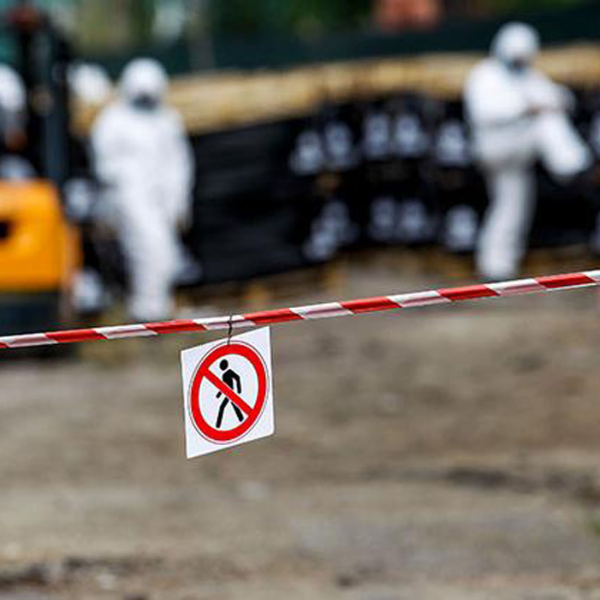PFAS Expertise Centre launches large-scale study

PFAS Expertise Centre launches large-scale study
Twelve government authorities have commissioned the PFAS Expertise Centre and the National Institute for Public Health and the Environment (RIVM) to produce a strategy document with regard to the presence of PFAS in soil and groundwater. PFAS stands for perfluorinated alkylated substances, a group of potentially toxic compounds, the most significant of which are perfluorooctanoic acid (PFOA) and perfluorooctane sulfonate (PFOS). Because these substances have certain specific properties – they are water and oil resistant – they are widely used in products such as fire extinguisher foam, non-stick coatings and waterproof clothing, as well as in the leather, paper and textiles industries. They are also found in soil and groundwater.
It has been shown that that PFOS and PFOA are toxic to humans and animals, and that they are not readily degradable. However, little else is known about them and there are as yet no environmental standards establishing permissible levels. Substances of this type are therefore termed ‘emerging contaminants’.
The new strategy document is intended to answer the many questions facing policy-makers, industry and the general public. An important part of the preparation process is a study to determine whether PFAS is present at 24 ‘suspect’ locations, and if so, in what concentrations. Stakeholders were invited to contact the Expertise Centre to nominate test sites such as landfills, burned out buildings, or premises (formerly) used by companies in the high-risk industries.